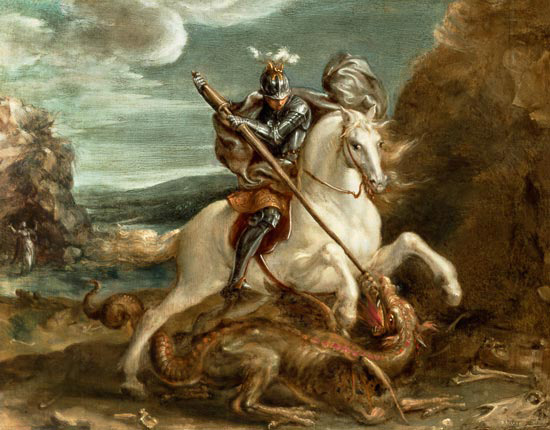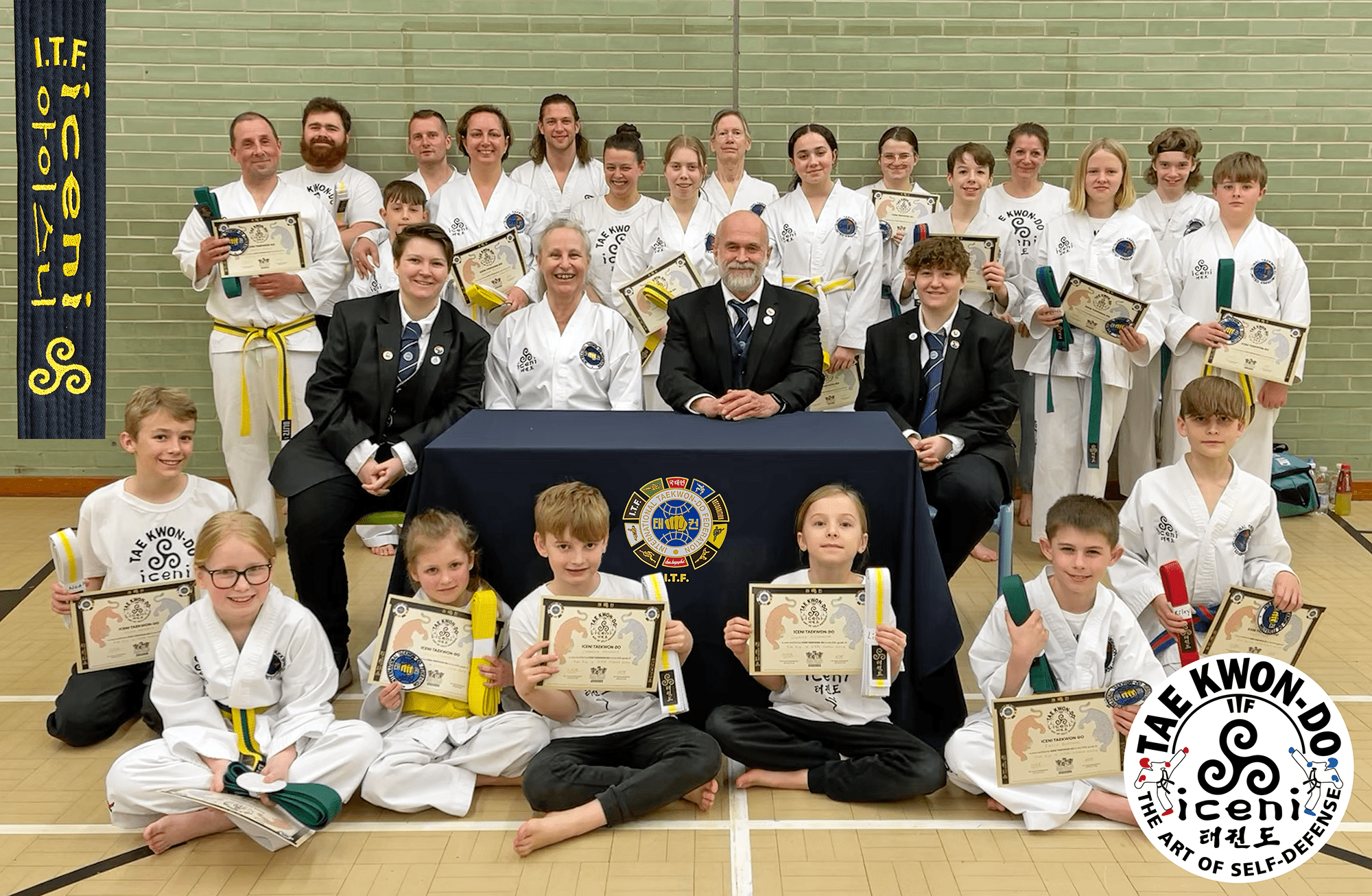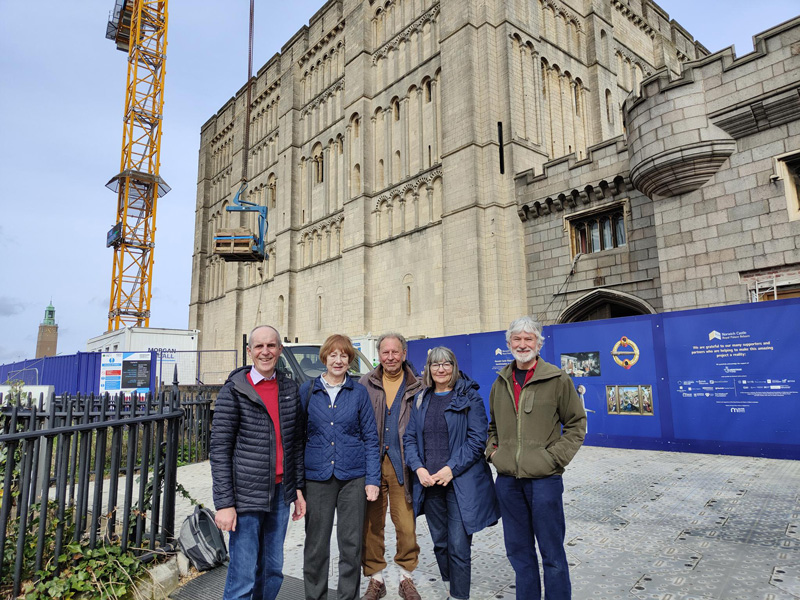Art & Theatre / Events in Norfolk and Suffolk / exhibitions / Tourist Attractions Norfolk and Suffolk September 16, 2011

World Art Collections Exhibition
An Audience with Griff Rhys Jones
2 November 2011
Ghanaian ‘Fantasy’ Coffin Display
27 September – 4 December
Griff Rhys Jones will at the Sainsbury Centre for Visual Arts, University of East Anglia, Norwich on Wednesday 2 November, for a special ‘Audience with Griff Rhys Jones’ event. The visit coincides with the loan of his ‘fantasy’ Ghanaian coffin to the Sainsbury Centre. The TV camera coffin is the focal point of a new display about Ga art and culture from Tuesday 27 September until Sunday 4 December.
The coffin, which is remarkably realistic despite its scale, was created last year for Griff Rhys Jones as part of the BBC television series Hidden Treasures of Africa. It is the first time since the television programme was broadcast that the general public has seen the ‘fantasy coffin’. The display makes links with African objects in the Centre’s Robert and Lisa Sainsbury Collection, and in the spirit of the Collection, shows that art can be found in all manner of objects.
During the autumn there are also two major exhibitions running; Mary Webb: Journeys in Colour, which features 60 abstract paintings together with prints, drawings and collages, and The Face of the Artist: Photographs by John Hedgecoe.
The ‘Audience with Griff Rhys Jones’ evening on Wednesday 2 November is a fundraising event for the Sainsbury Centre. Griff Rhys Jones will talk about his experiences filming the BBC television series Hidden Treasures of Africa and the creation of his ‘fantasy’ coffin in conversation with Sainsbury Centre director Paul Greenhalgh. The event includes a two-course meal with wine and music from Norfolk’s Anna Mudeka Band, Tickets are £55 or £75, (£75 ticket includes exclusive drinks and canapé reception with Griff Rhys Jones). Doors open 6pm with dinner at 7.30pm, tel. 01603 593199 for more information or to book tickets.
“At the age of fifty seven I wasn’t expecting to have to buy my own coffin. We wanted to film the whole procedure for a programme for BBC 2, so I coughed up and now possess my own camera-casket in waiting. Given that I don’t currently have an urgent requirement for it I hope everybody can share in the exuberance of a culture that creates such great stuff. We went to West Africa to find out whether “folk art” still flourishes. It does. It may not be what people immediately associate with traditional African art but it celebrates a distinct, urban culture. These coffins effectively send out a worldly message. They are celebratory. It is not a message about ju-ju or spirits or the afterlife or ancestors, but about a life as lived in Africa today. I felt privileged to have Daniel Mensah interpret the general tenor of my own career. Too much time before the camera and an eternity inside it. Very apt, some might say” – Griff Rhys Jones, television presenter.
The coffin provides a strong example of the Ga Community’s funerary practice of producing representational wooden coffins that have been specially designed to reflect a key element of the deceased person’s life-story. The ‘television camera’ was made by Daniel Oblie Mensah at ‘Hello Design Coffins’ in Accra and despite the publicity Daniel’s work has garnered, and his admission that it’s a “big business”, the carpentry workshop is in the back of a poor urban compound. Griff Rhys Jones’ coffin is made of a soft wood known as “Wawa” and is an original design. Mensah made the coffin by simply knowing the height, width and length required and with reference to a photograph that was emailed to him. Everything else was done by sight and feel and the outcome is stunning, reflecting the skill of the craftsman.
“Fantasy coffins are great coffins because they’re not for anybody. It became based on your profession, like a journalist or a teacher. We can make coffins just for them. Sometimes people come here to choose, maybe a plantain or an animal” – Daniel Mensah Obli, coffin maker.
Unique to the Ga community of Ghana’s capital city Accra, the manufacture of coffins in the shape of fish, birds and animals, fruit or man-made items associated with personal status such as cars and buildings is a practice that was first by carpenter Ataa Oko in 1945. By the early 1950s Oko’s fame was spreading along the coastal region around Accra and in 1954 he established a workshop dedicated to the manufacture of the increasingly popular coffins. Although Ataa Oko was unable to earn a living from the business until the 1970s the fame of the new ‘tradition’ had begun to arouse international interest and other workshops became established in across Accra many of them additionally producing forms, such as mobile phones and other modern consumer goods (usually requested by Westerners and the European art market) began to be added to the coffin makers’ portfolios.
Whilst the production of representational coffins is itself a relatively new activity, it is based on, and inherits established Ga religious beliefs surrounding death and associated rites and rituals. Ga funerary culture dictated that it was of crucial importance that to consider not only where an individual might be buried but also how. Centred on a belief that the deceased retained his or her status in the afterlife, Ga burials became a means of influencing a propitious outcome for the individual’s fate in the next world. This was further emphasised by the understanding that access to the afterlife would be facilitated with proper honouring in the form of appropriate funeral ceremonies.
The display explains how the coffin came to be on loan to the gallery as well as providing a profile of its maker, Daniel Oblie Mensah and showing design-drawings by Ataa Oko. The display also explore ideas about the designed object and fine art.
“Griff Rhys Jones’ generous loan of his personal ‘camera coffin’ makes an important temporary addition to the visual wealth and scholarship of the Sainsbury Centre. Although a superficial reading of Ga coffins might lead them to be seen as quirky, exotic, even fun curiosities, their symbolism and artist content tell a much more profound story” – Harriet McKay, curator.
Providing a highly pertinent case-study for a contemporary academic concern with issues around identity, modernity and globalism in the Twenty-first century, the display makes links with Akan and Asante representational artefacts in the Robert and Lisa Sainsbury Collection. It offers suggestions for art-and-design-historical explorations of the value of the symbolic and, most importantly, serves as a reminder of the underpinning ethos of the Collection, that art is to be found in all manner of objects.
The Sainsbury Centre is also staging the largest ever exhibition of works by the artist Mary Webb this autumn. Journeys in Colour celebrates Webb’s work from 1965 to the present day and includes 60 paintings together with screen prints, drawings and collages. A new series of works never seen before, which have been inspired by a trip to Utah, USA, will also be on display. The exhibition also includes a number of works by the artist from the UEA Collection of Abstract and Constructivist, Art, Architecture and Design, which is permanently housed at the Centre. Writing in the Observer, art critic Tim Hilton described Mary Webb as “a little known but treasurable artist”. Mary Webb has been producing bold abstract work for nearly 50 years as well as teaching painting at art schools in Harrogate and Norwich.
Journeys in Colour runs alongside The Face of the Artist: Photographs by John Hedgecoe. The exhibition celebrates the Sainsbury Centre’s acquisition of more than 450 portraits by Hedgecoe, one of the most significant photographers in the history of British photography. It includes photographs of artists such as Dame Barbara Hepworth, David Hockney and Sir Stanley Spencer. A central focus of the show is images of artists including Francis Bacon and Henry Moore, who feature in the Centre’s collections, alongside their works.
The ‘fantasy coffin display’ runs from Tuesday 27 September to Sunday 4 December 2011. The Centre will be open Tuesday to Sunday, 10am to 5pm, closed Mondays including Bank Holiday Mondays
An audience with Griff Rhys Jones, Wednesday 2 November. The event includes a two-course meal with wine and music from Norfolk’s Anna Mudeka Band, Tickets are £55 or £75, (£75 ticket includes exclusive drinks and canapé reception with Griff Rhys Jones). Doors open 6pm with dinner at 7.30pm
Admission to the display and the permanent collections at the Centre is free
Hidden Treasures of Africa
This series was made by Modern Television for the BBC. For more information email [email protected] or visit www.moderntv.co.uk
Sainsbury Centre Exhibition Marketing Sponsors
National Express
Other Information
The Sainsbury Centre is supported by the Arts and Humanities Research Council (AHRC) and The Gatsby Charitable Foundation

Norwich NR4 7TJ
For information on regular opening times and admission, call 01603 563199 or visit www.scva.ac.uk








